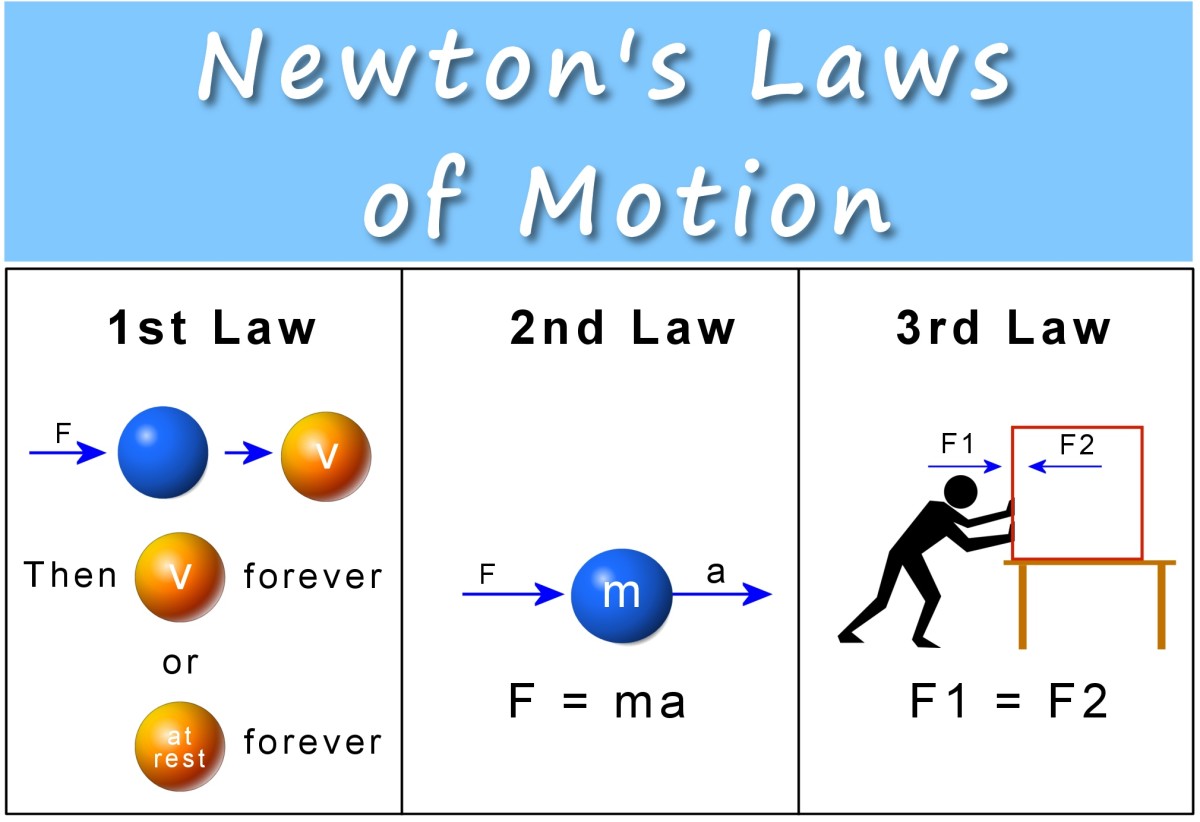What is Sound Frequency - How Does a Sound Wave Create Everything We Hear?
What is sound?
Sound is all around us. Our world is never quiet. Rarely do we give a thought to it unless it affects us in some way, but sound is interesting no matter what the source. Interestingly, there is a lot of sound in our environment we are fortunate not to hear, including low frequency sound from man made machinery. Our worlds would be swamped with noises if we heard every sound created by nature and man.
Sound is created by the vibrations when one object strikes another. That is simple enough, but there is more to sound. Frequency is the number of those vibrations of sound travelling through air, water or another medium.The measure of the frequency of sound is Hertz (Hz) per second. Humans can hear frequencies of sound in the range of 20Hz per second to 20,000 Hz per second. Many vibrations of sound are above and below our range of hearing, seeming to be silent.
How do we hear sound?
Vibration, frequency and amplitude. Hitting a drum sets up a vibration in the instrument, which we can hear. That rate of vibration can be slow or fast; the rate of vibration is the "frequency" of the sound wave created. That vibration (sound wave) travels through air (or any medium) and reaches the eardrum and sets the same vibration in motion in the eardrum. These vibrations are transmitted to the brain and interpreted as sound. Amplitude specifies the "loudness" of the sound.
How do we perceive the frequency of sound? The frequency is how fast the vibrations are coming at us....the time interval between one vibration and the next one.
The effect of an impact on a source (vibration), rate (frequency) and loudness or strength of that force (amplitude). Vibration , frequency and amplitude create the sounds we perceive.
Dogs hear in a different range of sound than humans

Hearing Is Not the Same for All Living Creatures
It is interesting that hearing really is the perception of vibrations in an audible range for our species. Animals hear in some of the ranges we do and in many other ranges we simply do not. For us many vibrations are silent, while many animals hear them very well! Take for instance a dog whistle or the fact animals can hear earthquakes and natural disasters long before the sound becomes audible to humans.
Some ranges of audible sound according to species:
note: These ranges are approximations, for comparison only. I discovered sources disagreed widely on the specific ranges, but you can get an idea since the comparison to human range is still apparent. So if your cat or dog perks up it's ears and you don't hear a thing... then there is that silent noise happening, which isn't silent to your pet!
Humans 20Hz (low frequency) to 20,000 Hz (high frequency)
Dogs 67 to 45,000 Hz
Cats 45 to 64,000 Hz
Bats 20 to 120,000 Hz
Elephants 16 to 12000 Hz
Interesting Sound Facts
Interesting fact: there is no sound in a vacuum, because there is no air! Air or a suitable medium must be present for sound to travel through!
What I was surprised at, even though it seems obvious is that sound radiates in a sphere from its source. The vibrations get absorbed and dissipated in the surounding material it vibrates through. Sound travels further in one medium than another and also is affected by many other variables. It is a fascinating study; more complex than I could ever even attempt to explain! However, the basics are still worthy of a read.
Some Humans Can Learn to See with Sound
Here is an interesting article on how blind persons can be taught to ecolocate like bats and dolphins. Apparently even normal sighted people can learn the same skill. The article is from the National Geographic website, a site I recommend for interesting reading!
http://news.nationalgeographic.com/news/2009/07/090706-humans-bats-echolocation.html








